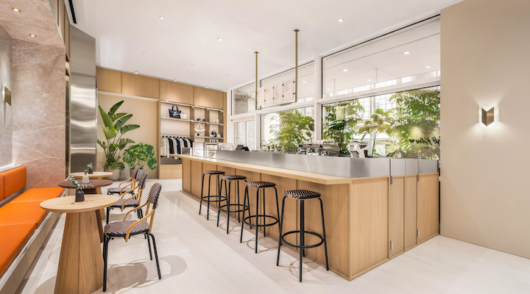Global food and grocery specialist IGD visited Manila during the May 2016 presidential elections. Here IGD’s senior retail analyst, Jenny Li, examines what is giving the country’s retail sector such a positive outlook.
The Philippines is one of the fastest growing countries in Southeast Asia, with its GDP growth hitting 6.9 per cent in the first quarter of 2016.
The country’s newly elected president, Rodrigo Duterte, is expected to implement further economic reforms and provide a better business environment through investments in infrastructure and cutting of red tape.
All these factors allow us to project that the grocery market in the Philippines, currently worth US$99 billion, will see a 10 per cent compound annual growth rate and reach US$157 billion by 2020.
Exciting times for modern retailers
Similar to many developing countries, the Philippine grocery market is dominated by traditional trade whilst modern retailing makes up around 30 per cent. Yet the Philippines’ leading retailers, those with strong financial backing and entrepreneurial spirit, have made extraordinary progress in transforming the country’s modern retail landscape.
SM Retail, Puregold and Robinsons Retail are the top three domestic players in the country. All of them are scaling up their footprint with significant store network expansion and consistent sales growth. SM Retail, for instance, opened 99 new stores in various formats in the past year; Puregold, another major retailer with 305 stores across the country, has reported an impressive 20 per cent increase in sales in the first quarter of 2016.
Multichannel as the winning formula
In IGD’s latest report “Philippines in Focus: Retail Landscape and Channel Outlook”, we’ve identified a number of key trends that are driving the country’s retail channel development. Among others, building a diversified portfolio is a notable growth strategy for most leading retailers.
Modern retailing in the Philippines started with hypermarkets and supermarkets, but increasingly retailers are embracing a multi-format strategy by building their presence in smaller formats and online channels. This enables them to create differentiated offers to target a broader audience, with unique demographic profiles and different shopping needs. Also, emerging channels such as convenience stores and eCommerce are growing faster and are best placed to capitalise on the higher margins of discretionary spend categories.
A subsidiary of the pan-Asian retail giant Dairy Farm, Rustan’s Philippines is the leader in premium retailing and it’s well established to target upscale shoppers. Over the past few years, the company has been developing Wellcome, a neighbourhood supermarket format combining daily staple products with competitive pricing. Meanwhile, its convenience store network, created via a joint venture with FamilyMart, is gaining popularity amongst busy office workers.
Further implications
It’s clear that the Philippine retail market presents great opportunities for future growth.
If you are looking to invest in Asia or seeking to expand to new markets, the Philippines is one region to consider. However, success lies in the ability to build a solid understanding of the local market and establish strategic partnerships with local players, as well as provide relevant and flexible solutions to support retailers’ multichannel strategies.
- Jenny Li works in the Asia-Pacific team at IGD and is responsible for managing research programs and tracking the latest industry trends in Asia. She regularly travels across the region, gaining market insight from visiting new stores and meeting local retailers and suppliers.






